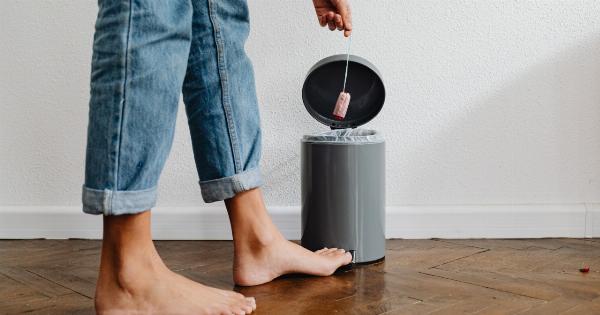Choosing and correctly using feminine hygiene products is essential for women’s health and well-being. One widely used option is the tampon, a small absorbent device that is inserted into the vagina to absorb menstrual blood.
To avoid potential health risks, it is crucial to understand the importance of timing when it comes to tampon removal. In this article, we will delve into the reasons why timing matters, discuss potential risks associated with leaving a tampon in for too long, and provide guidance on how often to change tampons.
1. Understanding the Menstrual Cycle
Before discussing the timing of tampon removal, it is essential to have a basic understanding of the menstrual cycle. The menstrual cycle typically lasts between 21 and 35 days, with an average duration of 28 days.
It is divided into four phases: menstruation, follicular phase, ovulation, and luteal phase. It is during the menstruation phase that tampons are commonly used to manage menstrual bleeding.
2. How Tampons Work
Tampons are designed to be inserted into the vagina to absorb menstrual blood. They are typically made of cotton or a blend of synthetic materials and are available in various sizes and absorbencies.
Tampons have a string attached to them for easy removal. When inserted correctly, tampons should be comfortable and barely noticeable.
3. The Importance of Timely Tampon Removal
It is crucial to remove a tampon in a timely manner to reduce the risk of various health issues. Leaving a tampon in for too long can lead to:.
4. Risk of Toxic Shock Syndrome (TSS)
Toxic Shock Syndrome is a rare but potentially life-threatening condition caused by certain strains of bacteria, including Staphylococcus aureus.
Leaving a tampon in for an extended period, typically more than 8 hours, may increase the risk of developing TSS. Symptoms of TSS include sudden high fever, vomiting, diarrhea, dizziness, rash, and muscle aches. If you experience these symptoms, remove the tampon immediately and seek medical attention.
5. Vaginal Infections
Leaving a tampon in for too long can disrupt the natural balance of bacteria in the vagina, leading to an overgrowth of harmful bacteria.
This imbalance can result in various vaginal infections, such as bacterial vaginosis, yeast infections, and urinary tract infections. Timely tampon removal helps maintain a healthy vaginal environment.
6. Preventing Odor and Discomfort
Wearing a tampon for an extended period can cause odor and discomfort. Menstrual blood, when exposed to air for a prolonged time, can develop a foul odor.
Additionally, a tampon left in for too long may cause vaginal dryness, irritation, or even ulcerations.
7. How Often Should You Change Tampons?
The frequency at which tampons should be changed depends on the individual’s menstrual flow and absorbency of the tampon. It is generally recommended to change tampons every 4 to 8 hours.
However, if you have a heavy flow, you may need to change them more frequently to avoid leakage and minimize potential health risks.
8. Signs that it’s Time to Remove your Tampon
It is essential to be aware of the signs that indicate it’s time to remove your tampon:.
9. How to Safely Remove a Tampon
Proper tampon removal is crucial to avoid any discomfort or potential health risks. Follow these steps to safely remove a tampon:.
10. Conclusion
By understanding the importance of timing when it comes to tampon removal, women can prioritize their health and well-being. Timely removal of tampons helps prevent potential health risks, including toxic shock syndrome and vaginal infections.
Remember to change your tampon every 4 to 8 hours or more frequently if needed, and always be aware of the signs that indicate it’s time for removal. With proper usage and timely changes, tampons can be a safe and effective option for managing menstrual bleeding.






























